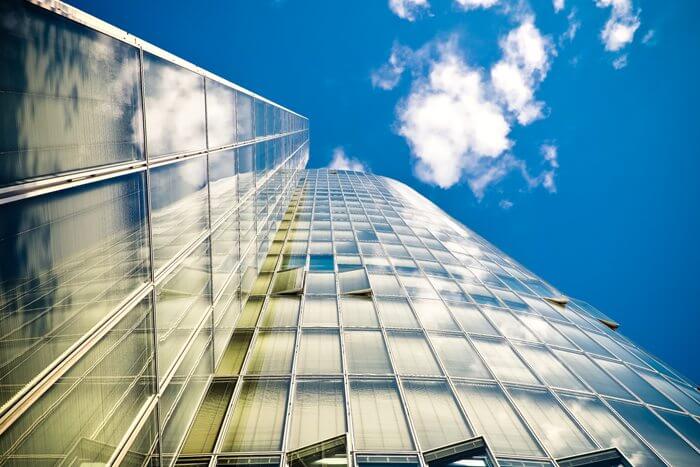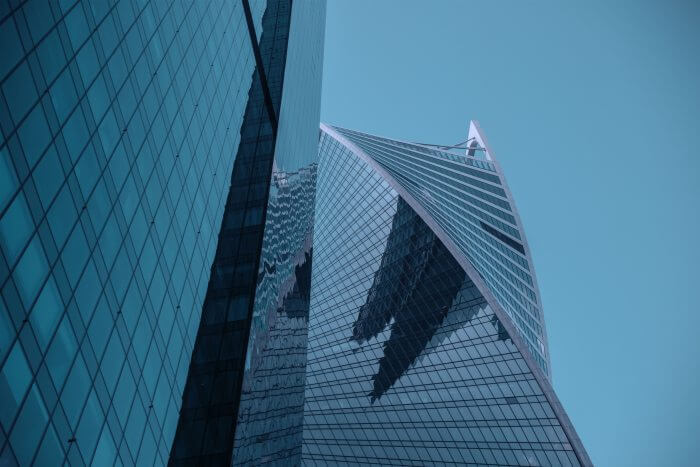The technology of 3d printing of buildings by using glass melting furnace.

3d printing technology by using glass melting furnace.
The technology of 3d printing of buildings through the glass melting furnace is brand new. As for the construction of buildings proposes to use the popular today, the principle of 3d printer with a replacement printhead for the glass melting furnace, and as raw material to use the most environmentally friendly, natural and widespread material – quartz sand.
The technology is awaiting funding!
The technology of 3d printing of buildings by glass furnace
Device 3D printer construction and operation of
The advantages of the buildings, covered with glass
The 3d printing technology of buildings with the help of a glass furnace:
The 3d printing technology of buildings using the glass-melting furnace is brand new. As for the construction of buildings proposes to use the popular today, the principle of 3D printer with a replacement printhead for the glass furnace.

It is known that glass is the material with which humanity has been successfully working and learned based on it to obtain the various construction materials: wide range of glass from the window to armor, foam glass and insulation, fabrics, etc. At its core lies the most environmentally friendly, natural and widespread material – quartz sand.
In our case, the principle is preserved three-dimensional peremescheniya with ispolneniem as the print head glass furnace, which is fed molten glass with desired properties, which is essentially a way of casting industrial buildings.
In the science of glassmaking, which has been developing for centuries, have accumulated a wealth of experience in the formation of the charge, the construction of furnaces and process control of glass melting, which allows to obtain the glass with a variety of characteristics like physico-chemical characteristics and colours. The proposed method allows, the accumulated decades of production experience to use for casting of the buildings and boost the construction technology to a qualitatively new higher level.

Existing applications in a 3D printer for casting buildings from concrete and plastic have their rather obvious disadvantages. With concrete is the need for a substantial reduction of the term “seizure”, because printing is carried out without shoring. This leads to the necessity of using chemical additives and fibers, reduction in the quality of the adhesion between the filled layers, etc. Plastic – relatively expensive and environmentally problematic.
Advantages:
– this technology of 3d printing is an extremely adaptable and easily modifiable,
– 3d printing technology allows the use of multiple furnaces, each furnace will operate in its sector, and the modes and speed of their movement will be coordinated control program
– ability to install several furnaces at the rail, which simplifies the molding of the symmetrical sections of the building,

– creates an opportunity to include in the process the manipulators who automatiseret simple construction, lifting, etc. operations
– the technology of 3d printing allows you to replicate 3D design in the construction of large objects, so that each part of the building will be poured in parallel and independently from each other,
– as the source material used is environmentally friendly raw materials – quartz sand,
ecological cleanliness,
– expand architectural and functional capabilities of the individual construction of buildings of different configurations, allowing you to use your existing construction technology of multi-storey, underground and warehouse construction
– increase the possibility of building special-purpose buildings, e.g., the sarcophagi for nuclear power plants, as glass currently possesses the best characteristics of known materials for radiation protection, flexibility, integrity, maintainability and environmental friendliness.

Device 3D printer construction and operation of:
3d printing technology is to use the existing mechanisms of three-dimensional head movement (glass furnace) to ensure casting process of the building. It is envisaged that in the process of moving from the glass melting furnace, the melt flows, which lays down layers on the trajectory of the furnace (as in the plotter is drawing on the flipchart). Casting of the walls is carried out without shoring, because the resulting glass has a high viscosity and rapidly solidifies. On the wall, successively on the filled layer placed new hot layer, thereby reducing the thermoelastic stresses from the previous layer. For example, the thickness of the upper layer for external wall typically ranges from a few millimeters to several centimeters. This is determined by the technological regulations, which depends on many factors: the charge composition, temperature and humidity of the external environment, etc. the growth of the height of the wall rises and oven, what is the mechanism of its vertical lift. Displacement control of the furnace is achieved by the use of multiple reversible motors, each of which is responsible for one of the axes of movement is the X,Y and Z.
Simultaneously with the molding of glass into the furnace automatically siteprovide is fed batch, which is doing in the oven melts and forms the molten glass C is essential for future home harakteristikami. Together with the furnace moving system supply and exhaust with energy recovery from excess heat (for example, using an induction furnace) that is not technically difficult.

The oven is moved and mounted on the guides, providing the movement of the furnace in three directions along the axes X, Y and Z (length, width, and height). Moving the furnace along the axes X, Y and Z provides the fixation of the output nozzles of the furnace at any point in the total space of a house under construction that allows you to build process control spout of the melt accurately in accordance with the construction project.
Provides the ability to “change heads”, ie automatic change of furnaces that participate in the casting.
For example. To fill the interior walls can be used induction furnace of the type which allow you to fill the wall density from 150 to 500 kg/m3 to fill the exterior wall may require two-piece oven to simultaneously fill the outer part of the wall density from 500 to 4000 kg/m3 and internal wall insulation with a density of from 150 to 500 kg/m3. Several furnaces of various types will allow to pour the floor with the given pattern and the desired surface structure that can completely replace the flooring (or wall) tile. In this case, one furnace, a larger volume pours substrate, and the others – smaller volume is applied to the image. In addition, if necessary, and different requirements to the surface quality, all of these can be filled from the top transparent layer. For decorative finishes thick floors and walls can be used the plasma torch.
On the oven set the output nozzle depending on the purpose of furnace and purposes of the casting. Nozzle, depending on the kind of work done, provides adjustable level of the spout jets of the melt, and intermittent “popping” of the melt with various amount of the spout. Can also be installed curved nozzle for applying a hot melt on vertical walls and ceilings. In this case, the nozzle has an Autonomous heating system.

Used glass furnace may vary in volume from a few liters to several cubic meters depending on their purpose, type – electric or combined (gas heated) as well as internal design.
Usually the glass melting furnace used for manufacturing glass, for various purposes, which requires a long production process consisting of 5 stages: silikatobetonnye, glass formation, fining, homogenization and study. It is important to understand that contained in the charge minerals begins to melt from 500oC and above. Usually the glass melting furnace can operate in temperatures 1450оС and duration of technological time receive a glass connected with achieving a high level of the melt mixture, its clarification and homogenization, and removal in the glass bubbles of gases. In our case, does not require a complete melting of the mixture while in the melt can remain unmelted many compounds, the gas level in the glass melt is determined by the density requirement in poured walls and strength characteristics, and the temperature in the furnace head can vary from 1200оС to 2300 OS and a pressure from several atmospheres to a vacuum. In addition, when the requirement of high density to an exterior wall you may need a longer warm-up period of the charge – to almost complete the process of stekloobrazovaniya. Then preheat the charge in the dynamic furnace would not be rational. In this case, near the construction site can be used stationary melting furnace in which the process of silikatobetonnye and stekloobrazovaniya to the required level will be completed, and the output we will obtain pellets, which will be fed into dynamic furnace head to fill the thick wall. To increase the strength of the walls in the melt can fit a small s-shaped pieces of metal wire, providing reinforcement of the walls, that does not prevent, if necessary, and directly reinforce the wall or placed in a melt positioner valves or metal pouring from roaming the induction furnace.

The advantages of the buildings, covered with glass:
– does not rot, mildew, acids, moisture,
– the service life of such buildings reaches the Millennium
– high strength. Unable to stand for centuries without damage and repairs,
– easy restaurerede, and, if necessary, the material of the buildings to be fully used for the construction of a new, more modern buildings
– provides significantly higher levels of environmental friendliness, energy saving and comfort of living,
– significantly reduces the cost of buildings in comparison with traditional construction and maintenance. Quartz sand replaces the traditional concrete and cement
– high-density, inaccessible concrete structures.
Note: © Photo .



